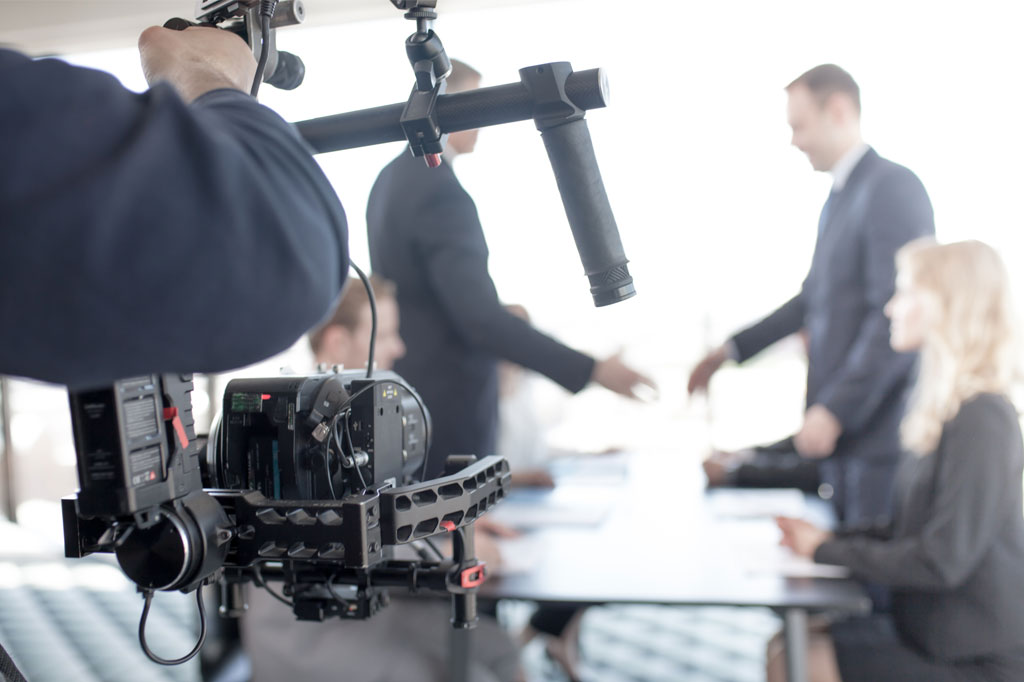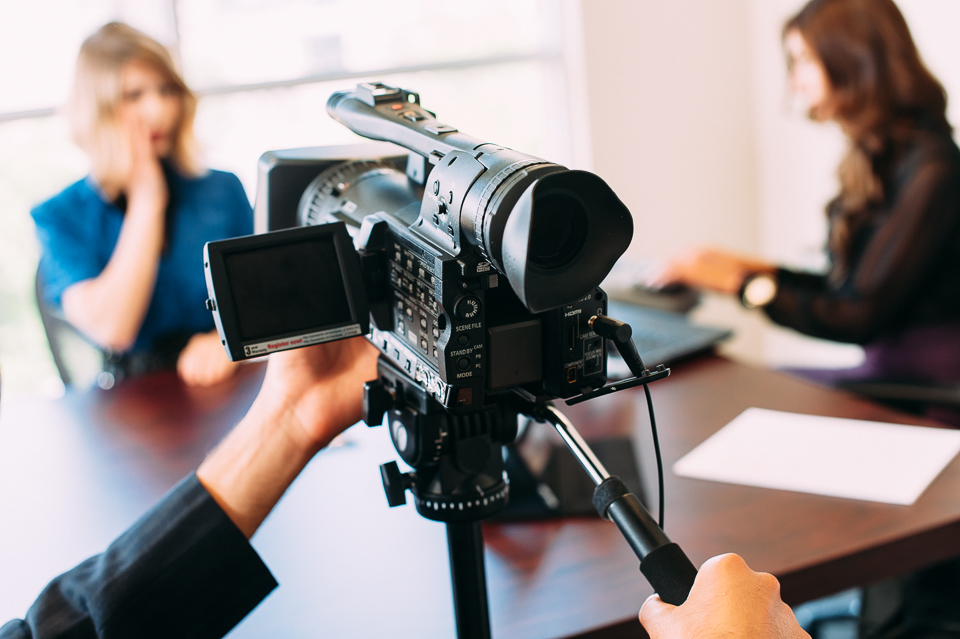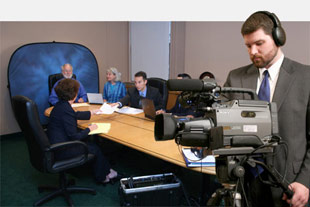Legal Videography: Transforming the Way Proof is Recorded and Offered
Legal Videography: Transforming the Way Proof is Recorded and Offered
Blog Article
Looking Into the Devices of Lawful Videography: Introduction Its Procedure in Shielding Genuine Visual Statement for Judicial Proceedings
In the world of judicial proceedings, the function of lawful videography stands as a foundation in protecting and providing aesthetic evidence. As modern technology proceeds to advance, the devices behind lawful videography have actually ended up being increasingly complex, offering a critical layer of authenticity to testaments captured on video clip.
Historic Evolution of Lawful Videography
Examining the historical development of lawful videography reveals a considerable transformation in the capturing and discussion of aesthetic proof within the lawful landscape. In the past, legal procedures greatly counted on written transcripts and pictures to document events and supply proof. Nonetheless, with the advent of video innovation, the legal market observed a standard change in how visual statement was caught and provided.
The evolution of legal videography can be traced back to the late 20th century when developments in video recording equipment made it much more easily accessible for use in courtrooms. This technical innovation not only enhanced the precision and reliability of aesthetic proof yet additionally changed the means instances were offered to juries and judges (Legal Videography). Lawyers started to acknowledge the convincing power of video recordings in conveying feelings, subtleties, and non-verbal hints that composed transcripts or photographs alone might not capture effectively

Technology Developments in Video Documentation
What key technical innovations have changed video clip paperwork in the legal area? The legal area has seen significant developments in video paperwork technology that have enhanced the credibility and dependability of visual proof in judicial procedures. One of the key advancements is high-def (HD) video recording capabilities, which give crystal-clear pictures and sharp details that are crucial for properly catching testimonies, faces, and various other visual signs. Furthermore, the integration of timestamping and metadata attributes in video documentation devices has made it possible for exact documentation of when and where the video clip was taped, guaranteeing the honesty of the evidence offered in court.
Furthermore, advancements in video security and watermarking technologies have actually reinforced the protection and tamper-proof nature of video evidence, guarding it against unapproved changes or meddling. The arrival of cloud storage options and remote accessibility capabilities has streamlined the storage, retrieval, and sharing of video evidence, assisting in smooth cooperation amongst lawful specialists and making certain efficient access to crucial aesthetic testaments when required. These technical innovations in video clip documents have actually undoubtedly revolutionized the legal field, boosting the precision, credibility, and admissibility of aesthetic proof in judicial process.
Function of Legal Videographers in Courtroom Settings
The evolution of video clip documents innovation in the legal area has necessitated an essential duty for legal videographers in courtroom settings, ensuring the honesty and dependability of visual testaments presented throughout judicial process. Legal videographers play a basic function in capturing and preserving accurate aesthetic evidence that can be crucial in lawsuit. Their duty expands to establishing equipment, taping proceedings, and generating high-quality video clips that accurately show the occasions in the court room.
In courtroom settings, legal videographers should adhere to rigorous guidelines and criteria to preserve the credibility of the aesthetic document. They must possess an eager eye for detail and a complete understanding of legal treatments to ensure that the video footage they record is a real representation of the occasions check that that transpired. Furthermore, lawful videographers usually function very closely with legal teams to make sure that the video proof aligns with the situation's needs and can be effectively provided in court to sustain the legal disagreements being made. On the whole, the role of lawful videographers in courtroom settings is crucial in upholding the principles of justice and ensuring the transparency of legal proceedings.

Ensuring Admissibility and Stability of Video Clip Evidence
To maintain the integrity of aesthetic evidence presented in lawful process, ensuring the admissibility and stability of video clip proof is a crucial obligation for lawful videographers. Admissibility describes the acceptance of evidence by the court, and for video evidence to be acceptable, it needs to fulfill certain criteria. Legal videographers play a vital duty in making certain that the videos they capture conform with the Look At This policies of proof, such as credibility, relevance, and reliability.
Honesty of video clip proof includes preserving the originality and accuracy of the video from the moment it is videotaped until it exists in court. This consists of securely saving the video files, documenting the chain of custodianship, and visit this page stopping any type of tampering or alterations. Lawful videographers have to stick to stringent procedures to guarantee the integrity of the video clip proof and avoid any obstacles to its credibility.
Future Trends in Legal Videography
Provided the enhancing dependence on modern technology in lawful proceedings, lawful videographers are positioned to embrace cutting-edge innovations shaping the future of visual testament capture and presentation. One of the noticeable patterns coming up is the assimilation of online reality (VIRTUAL REALITY) and enhanced fact (AR) innovations into lawful videography. These technologies have the possible to reinvent how aesthetic evidence is offered in courtrooms, permitting judges and courts to immerse themselves in the scene of the criminal offense or incident.
Moreover, making use of fabricated intelligence (AI) formulas for video clip analysis is anticipated to improve the procedure of reviewing and examining large amounts of video clip footage. AI can assist in determining key moments, abnormalities, and patterns within videos, improving the performance of legal examinations.

Final Thought
Finally, lawful videography has played an essential duty in offering genuine visual evidence for judicial process. Through technical advancements and the experience of legal videographers, the honesty and admissibility of video evidence are made certain in courtroom setups. As lawful videography remains to progress, it will certainly be important to promote standards that preserve the precision and integrity of visual statement for the future of lawful proceedings.
Analyzing the historic development of lawful videography reveals a considerable makeover in the capturing and presentation of visual evidence within the lawful landscape.The advancement of video clip documentation innovation in the legal area has actually demanded a crucial function for legal videographers in court setups, making certain the integrity and reliability of visual statements provided during judicial process. In addition, legal videographers usually function closely with legal teams to make sure that the video proof lines up with the instance's needs and can be properly offered in court to sustain the lawful debates being made.To keep the reputation of aesthetic proof offered in lawful procedures, making sure the admissibility and stability of video evidence is a crucial responsibility for lawful videographers. As lawful videography proceeds to develop, it will be important to support standards that keep the precision and dependability of visual testimony for the future of lawful process.
Report this page